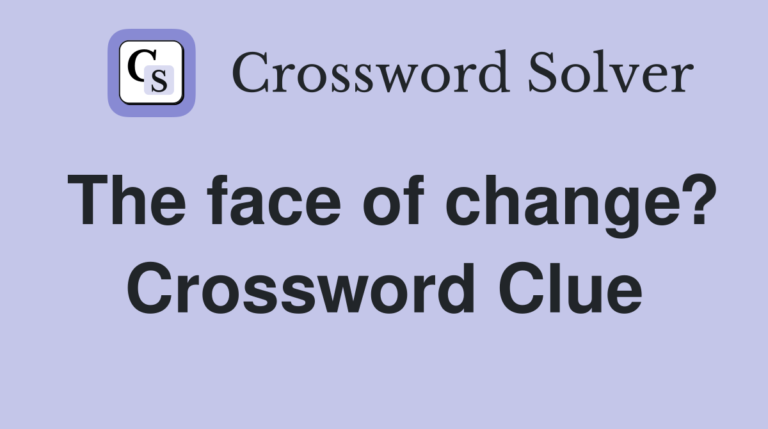The New York Times (NYT) Crossword has long been a revered institution in the world of word puzzles. For decades, it has challenged, entertained, and occasionally frustrated solvers across the globe. Yet, beneath its seemingly timeless grid lies a story of transformation—a face of change that reflects broader shifts in culture, inclusivity, and creativity.
A Legacy of Tradition
The NYT Crossword, first published in 1942, quickly became the gold standard for puzzle enthusiasts. With its blend of clever wordplay, obscure references, and a rigorous editorial process, it attracted a loyal following. The crossword was traditionally seen as a domain of erudition, requiring a deep knowledge of literature, history, and the arts—fields long dominated by a specific demographic.
For years, the crossword’s clues and answers mirrored a particular cultural perspective, often skewed towards Western, Eurocentric, and male-centric references. While this approach resonated with many long-time solvers, it also inadvertently excluded others who found the puzzles inaccessible or unrelatable.
The Winds of Change
In recent years, however, the NYT Crossword has undergone a quiet but significant transformation. Under the stewardship of Will Shortz, who became the puzzle editor in 1993, and more recently with contributions from a diverse array of constructors, the crossword has begun to reflect a broader spectrum of voices and experiences.
This change is evident in several ways. First, the crossword has increasingly incorporated references from popular culture, science, technology, and social issues that resonate with younger and more diverse audiences. Solvers might now encounter clues related to contemporary music, social media, or slang alongside more traditional subjects.
Moreover, the puzzle’s constructors—those who design the grids and clues—are more diverse than ever before. The NYT Crossword now features contributions from women, people of color, LGBTQ+ individuals, and people from various cultural backgrounds. This diversity brings fresh perspectives and helps the crossword evolve in ways that keep it relevant in an ever-changing world.
Inclusivity in Clues and Answers
One of the most visible changes is the effort to make the crossword more inclusive. This means avoiding outdated or offensive terms and ensuring that clues and answers reflect a variety of experiences. For instance, puzzles might now include references to non-Western traditions, contemporary social movements, or prominent figures from diverse backgrounds.
Additionally, the NYT Crossword has started to recognize and celebrate previously underrepresented voices. Clues might highlight achievements by women, people of color, or other marginalized groups, offering solvers a chance to learn while they play.
The Digital Revolution
The face of change in the NYT Crossword isn’t just about content; it’s also about how the puzzle is delivered and consumed. The digital age has transformed the crossword from a print-only experience into a multimedia one. Today, solvers can engage with the crossword on their smartphones, tablets, or computers, enjoying features like real-time feedback, hints, and the ability to share their progress on social media.
This digital shift has made the crossword more accessible to a global audience, allowing people from all walks of life to participate in this beloved tradition. It has also opened the door to new types of puzzles, such as mini crosswords and themed challenges, catering to different tastes and time constraints.
Looking Forward
The face of change in the NYT Crossword is a reflection of broader societal shifts towards inclusivity, diversity, and adaptability. As the puzzle continues to evolve, it remains a symbol of how even the most time-honored traditions can adapt to the present while preserving their core essence.
For solvers, this evolution means a richer, more inclusive experience that offers not just a mental challenge but also a window into the world we live in today. And for the NYT Crossword itself, it ensures that this storied institution will continue to thrive for generations to come, welcoming new solvers into the fold and keeping its grids as dynamic and engaging as ever.
